Biography
Shiro Kuramata's works are not without reason in collections of the Musée des Art Décoratifs in Paris, MoMA, Victoria and Albert Museum in London or Vitra Design Museum. The style of the Japanese architect and industrial designer is a combination of Western design theory and Japanese aesthetics, resulting in playful and refined designs such as the Miss Blanche Chair (1988) made of acrylic, the How high the Moon (1976), an armchair made of lattice sheet metal and tubular steel, or the iconic Revolving Cabinet Container (1970) and Furniture in Irregular Forms (1970) for the Italian furniture company Cappellini.
Kuramata studied architecture at the Tokyo Technical College of Art, but then began further training as a cabinetmaker at the Kuwasawa Institute of Design. At 32, he founded the Kuramata Design Office, which was to define his spectacular yet minimalist postmodernism. The 1980s saw a meteoric rise: Kuramata designed for Memphis, Vitra, Ishimaru, Toyo Sash, did the interiors for several high-profile shops, hotels and clubs and was awarded the Japan InterDesign Forum Award for his innovative works. The influence of Ettore Sottsass and the Italian design collective Memphis is visible through the forms and materials Shiro Kuramata used in the 1970s and 80s: transparency of acrylic and glass meets the lightness of aluminium and steel mesh.
Undeniably arrived in the international design world, in 1988 he moved the headquarters of his studio to Paris to the distinguished Rue Royale, where he also bought the 1926 residence designed by Robert Mallet-Stevens for the Martel brothers in the 16th arrondissement. In 1990, a year before his death, he received the French Ordre des Arts et des Lettres for his dancing cabinets, floating armchairs and luminous tables.
Objects by Shiro Kuramata
-
Sold
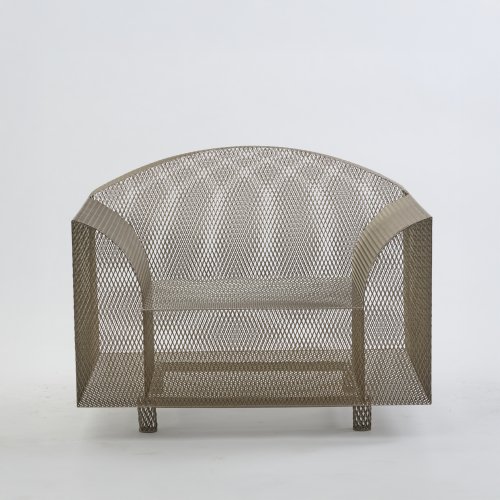
Shiro Kuramata Vitra, Birsfelden
'How High The Moon' easy chair, 1986 (design)
Hammer Price: 8,000 €
-
Sold
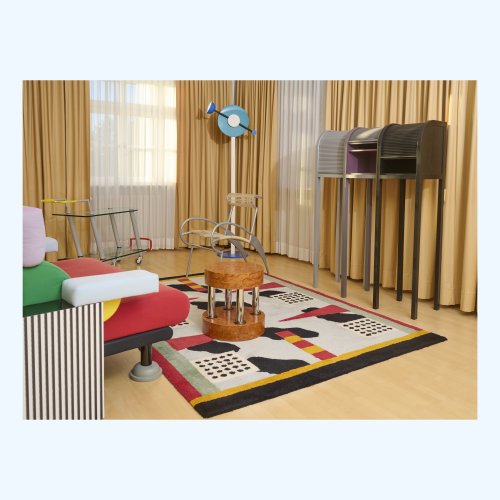
-
Sold
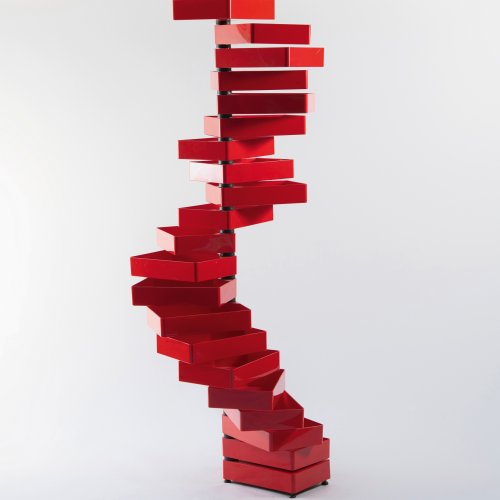
Shiro Kuramata Cappellini, Mailand / Milan
'Revolving Cabinet' - 'PC/15', 1970
Hammer Price: 2,500 €
-
Sold
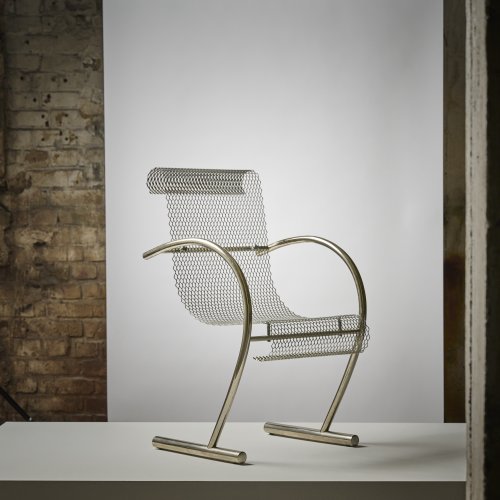
-
Sold
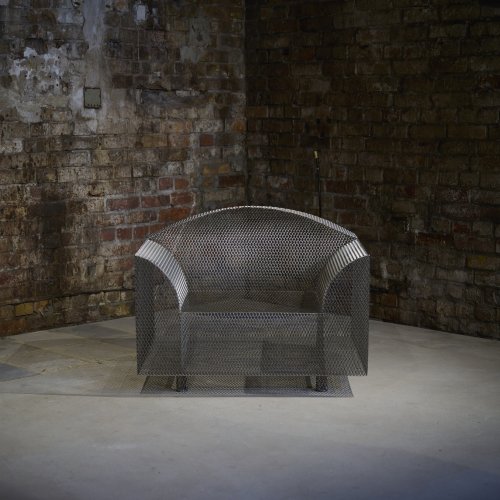
Shiro Kuramata Vitra, Birsfelden
'How High The Moon' easy chair, 1986 (design)
Hammer Price: 6,000 €
-
Sold
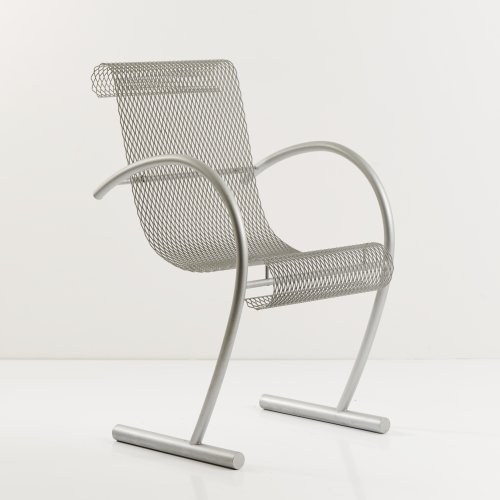
-
Sold
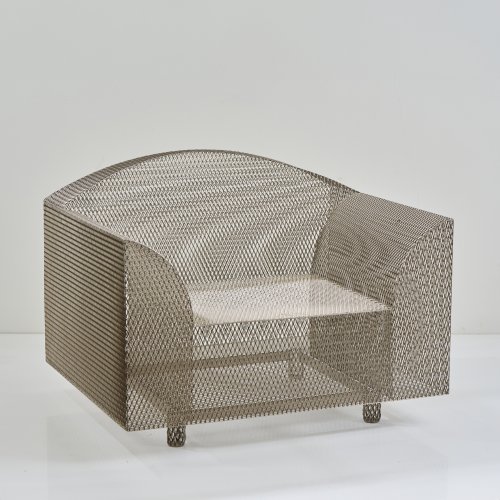
-
Sold
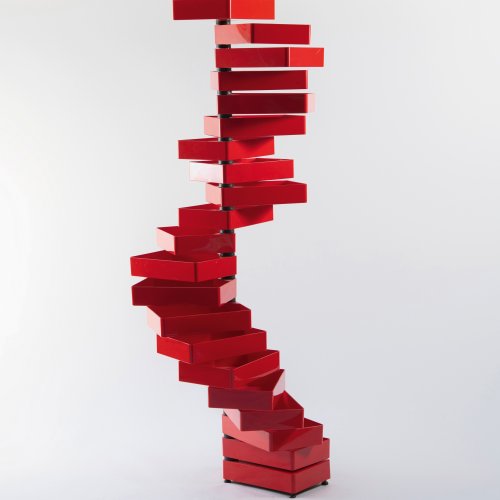
Shiro Kuramata Cappellini, Mailand / Milan
'Revolving Cabinet' - 'PC/15', 1970
Hammer Price: 2,500 €
-
Sold
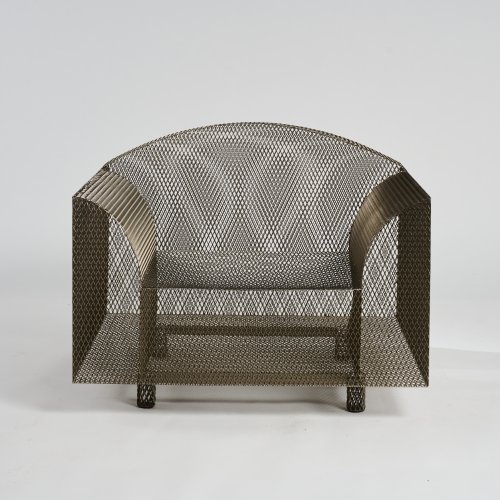
-
Sold
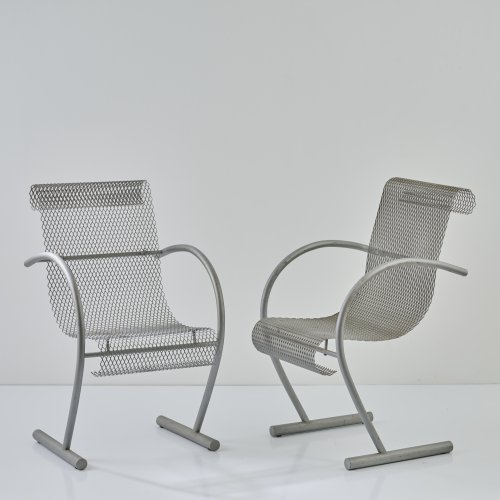
-
Sold
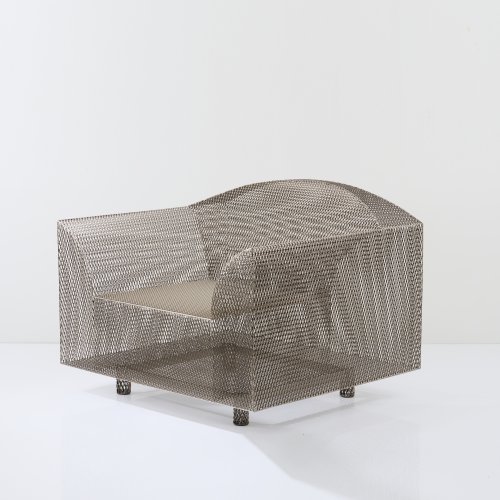
-
Sold
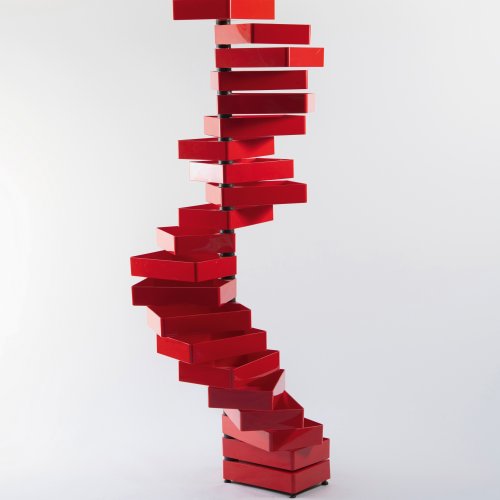
-
Sold
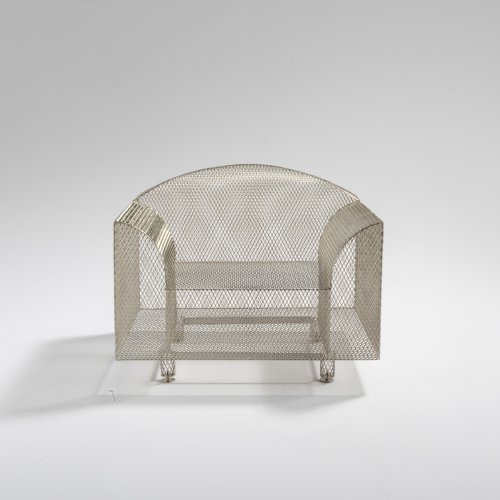
Shiro Kuramata Vitra Design, Weil am Rhein
Miniature model of the 'How High the Moon' easy chair, 1986
Hammer Price: 650 €
-
Sold
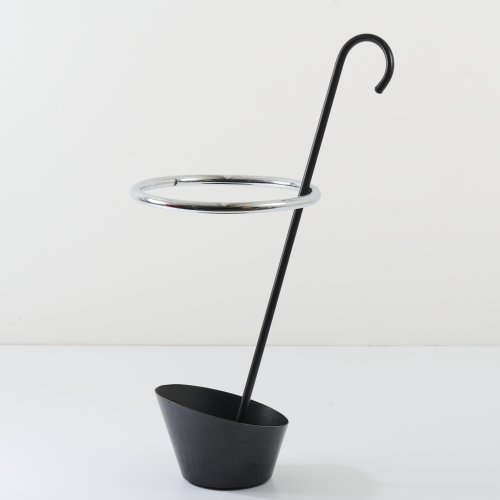
-
Sold
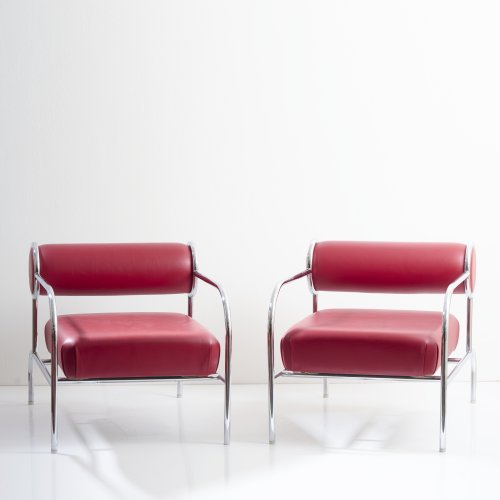
-
Sold
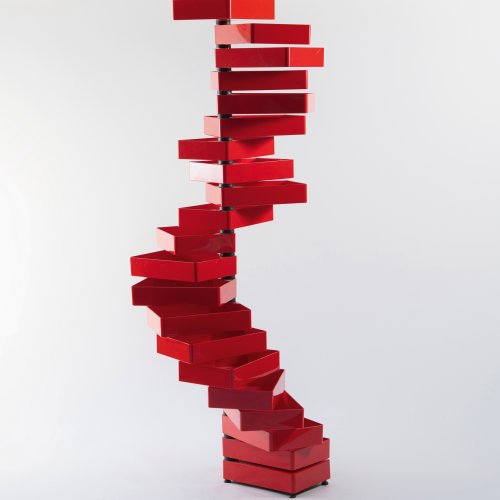
-
Sold
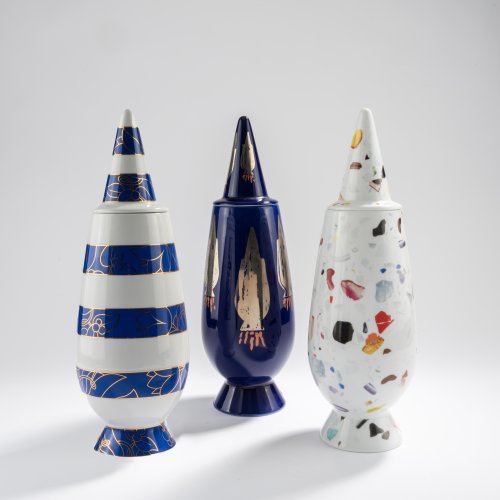
Nigel Coates, Michael Graves, Shiro Kuramata Alessi Tendentse, Crusinallo
Three covered vases from the '100% Make Up' series, 1992
Hammer Price: 1,200 €
-
Sold
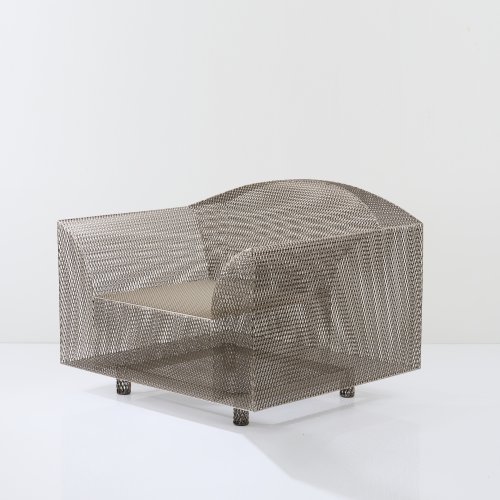
Shiro Kuramata Vitra Design, Weil am Rhein
'How High The Moon' easy chair, 1986
Hammer Price: 9,000 €
-
Sold
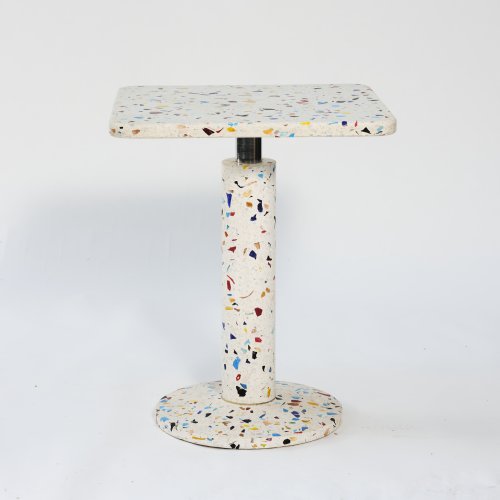
-
Sold
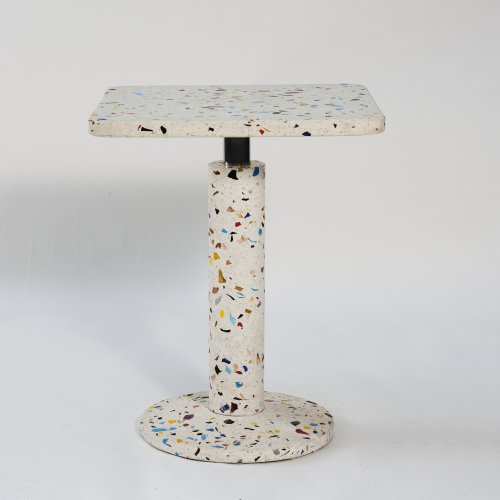
-
Sold
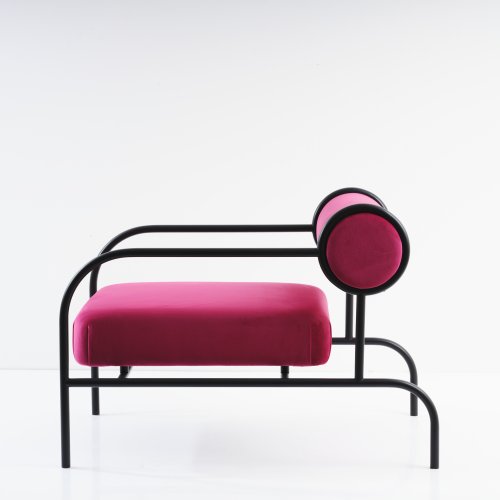
-
Sold
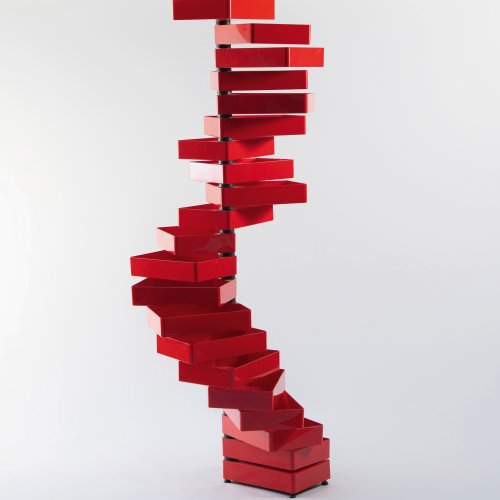
-
Sold
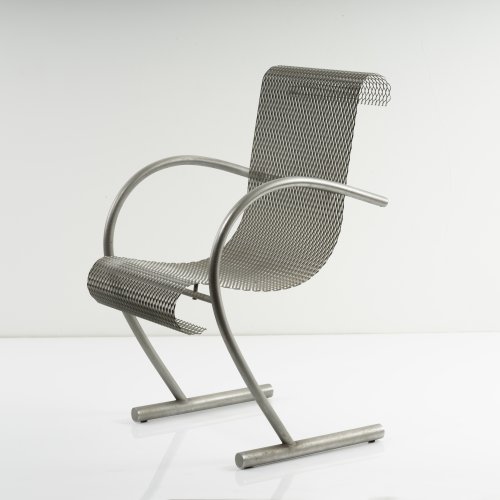
-
Sold
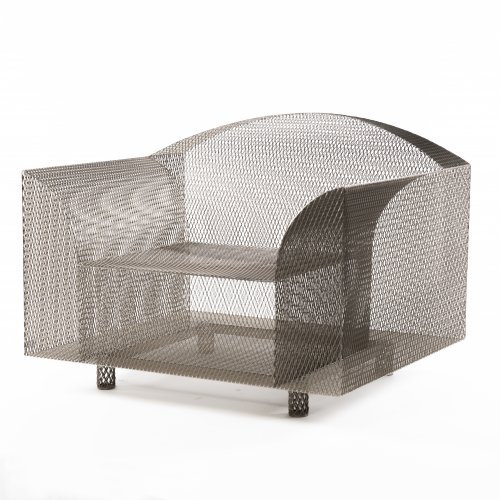
Shiro Kuramata Vitra Design, Weil am Rhein
'How high the Moon' easy chair, 1986
Hammer Price: 7,500 €
-
Sold
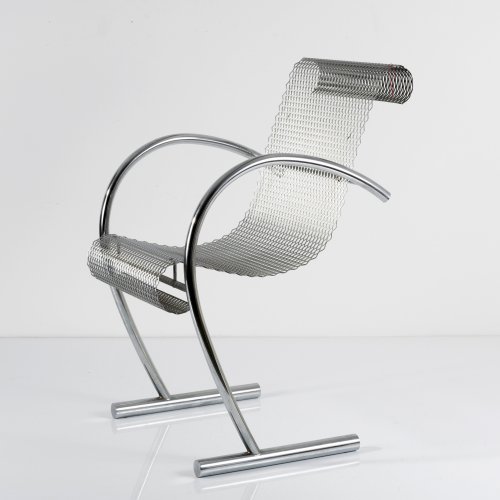
-
Sold
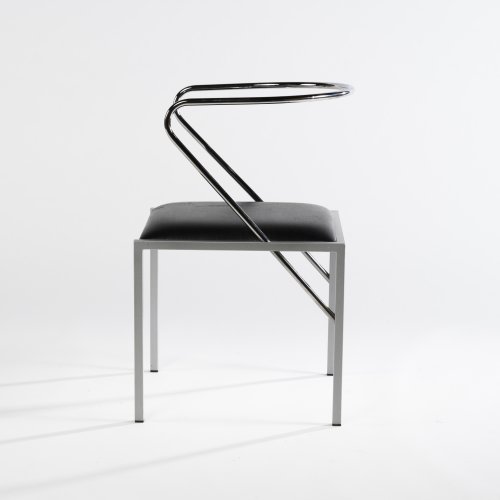
-
Sold
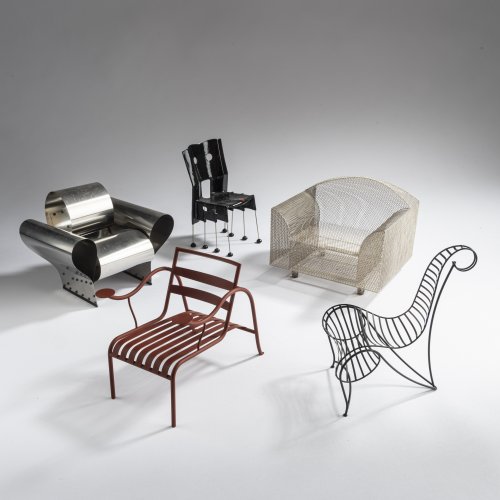
Ron Arad, André Dubreuil, Shiro Kuramata, Jasper Morrison, Gaetano Pesce Vitra Design, Weil am Rhein
5 miniature chairs
Hammer Price: 3,000 €
-
Sold
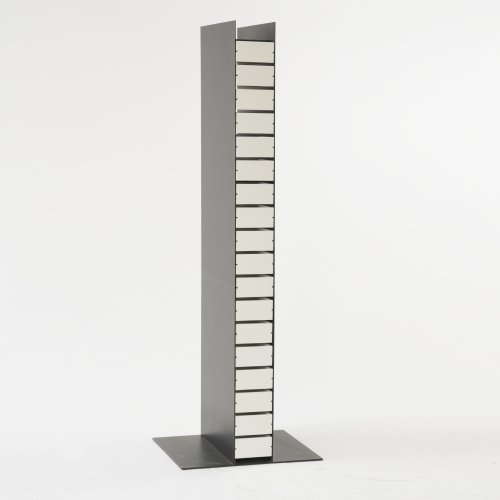
-
Sold
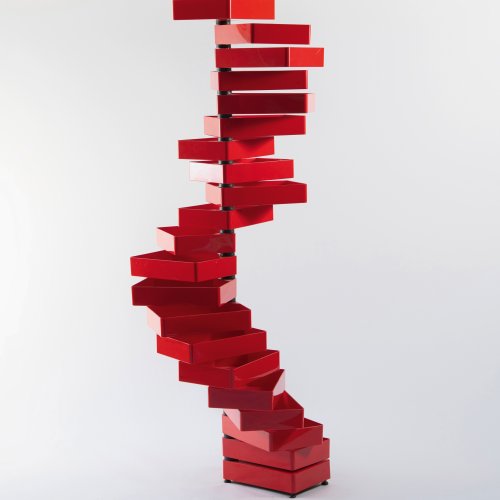
-
Sold
-
Sold
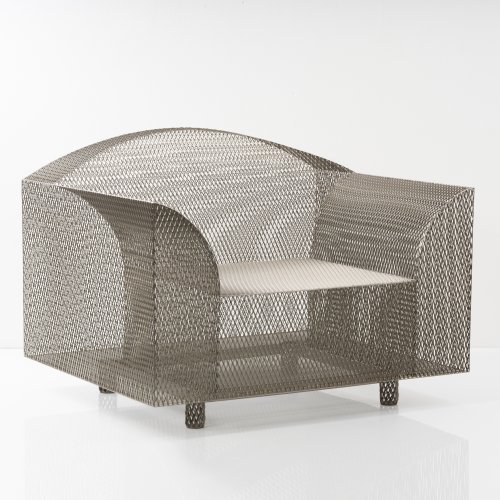
Shiro Kuramata Vitra Design, Weil am Rhein
'How high the Moon' easy chair, 1986
Hammer Price: 4,500 €
-
Sold
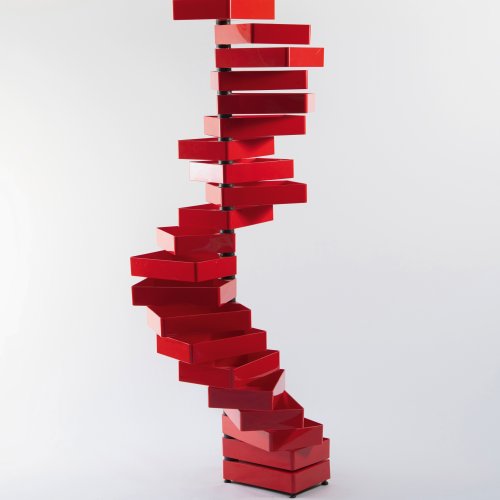
-
Sold
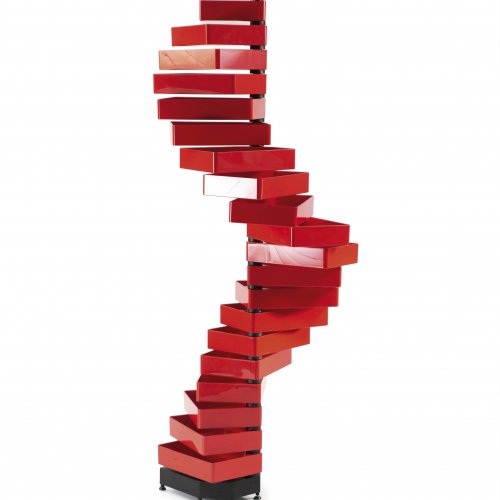
-
Sold
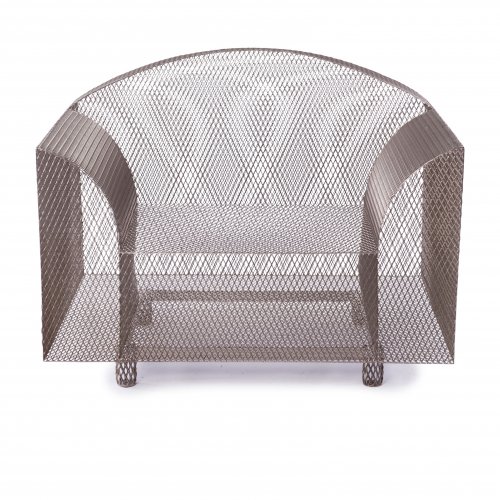
-
Sold
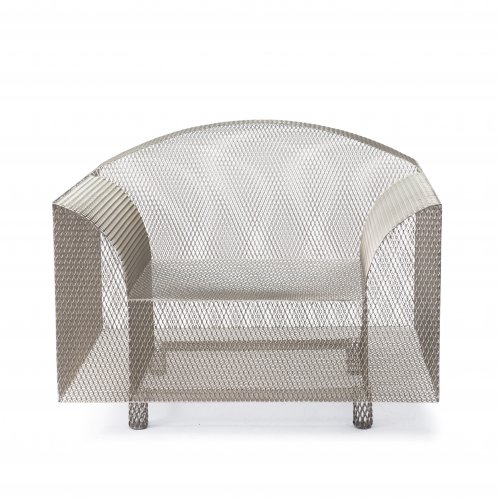
-
Sold
